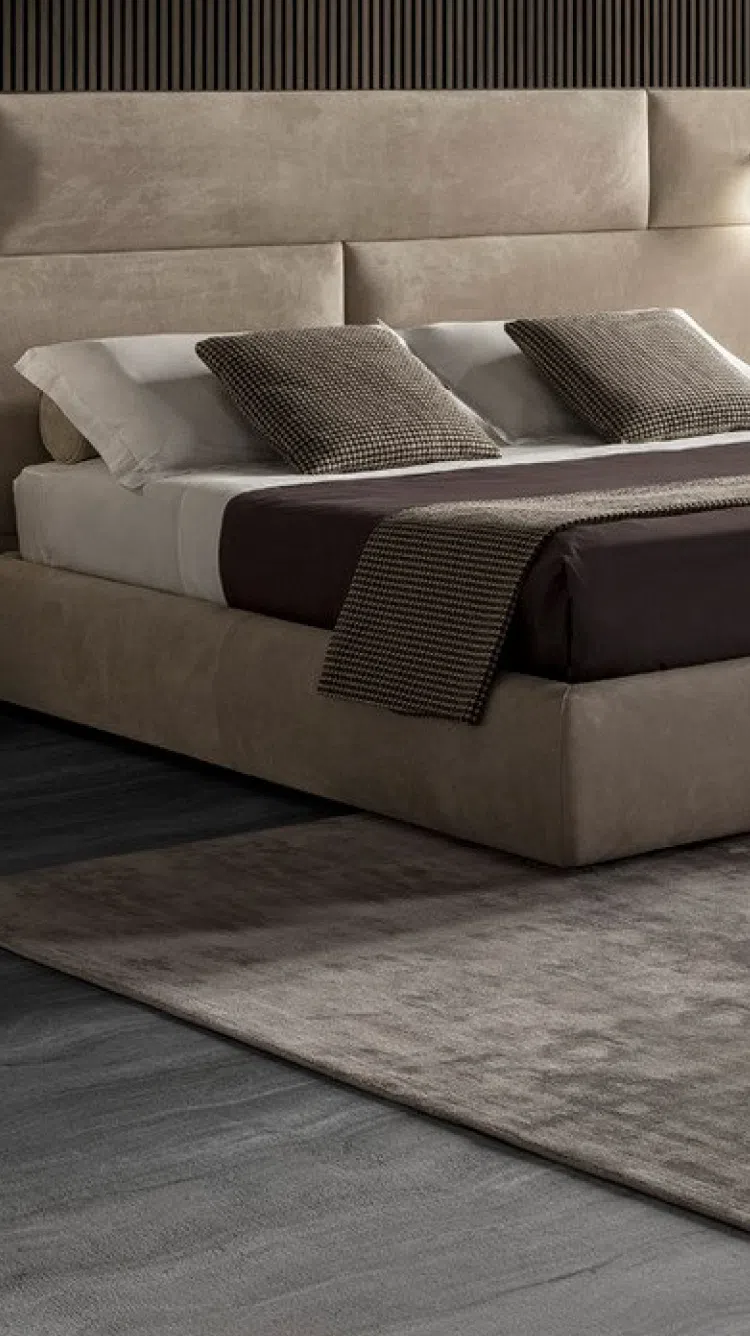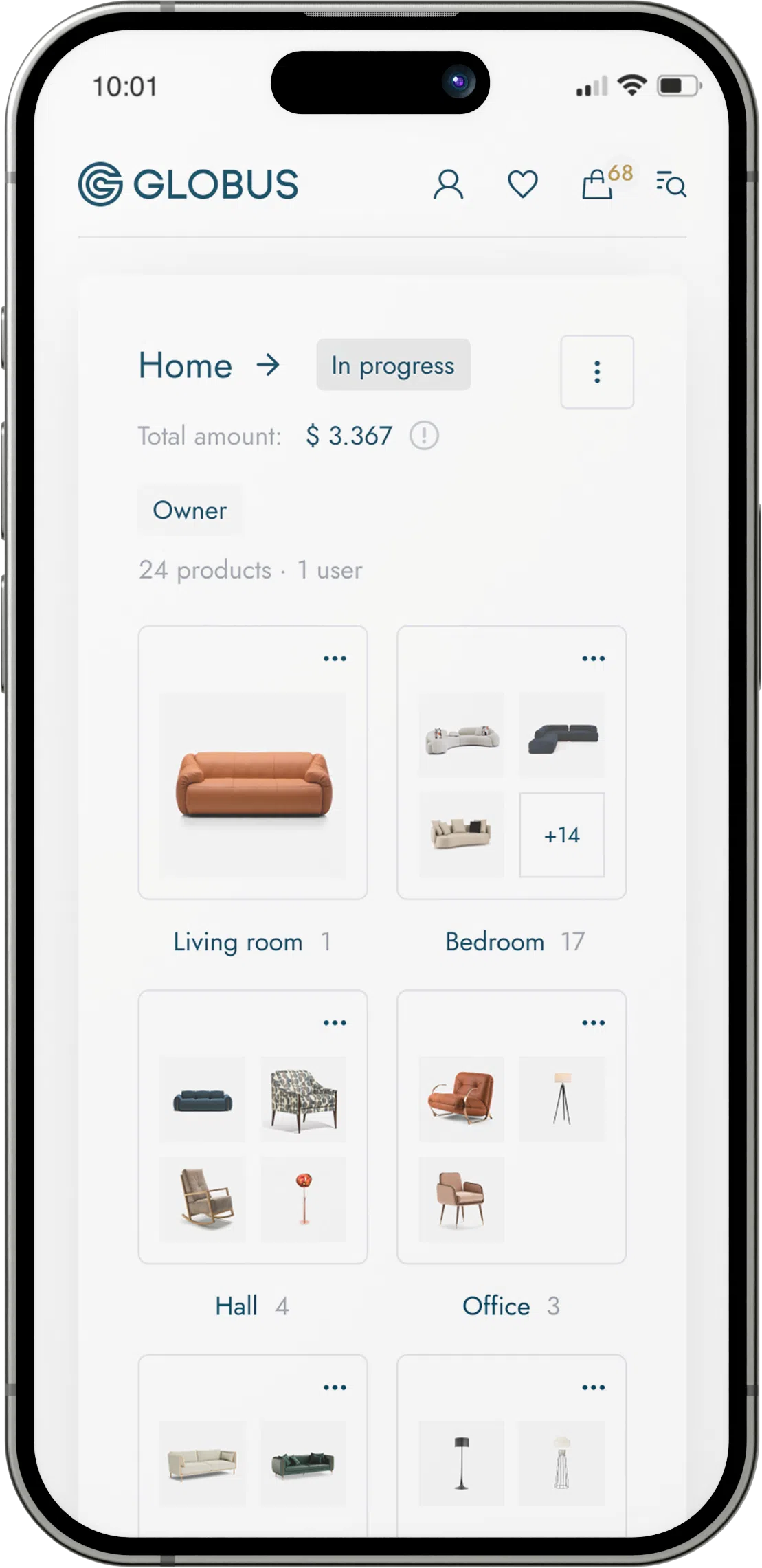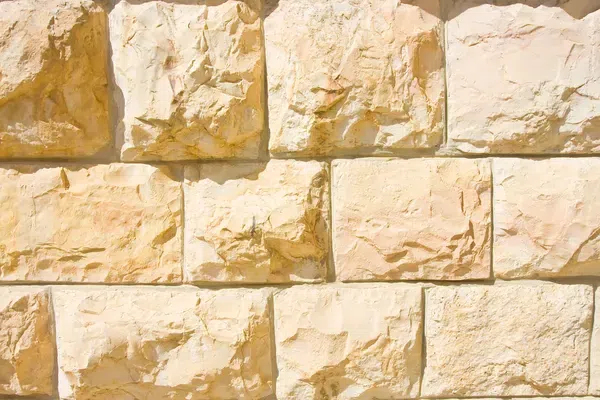Sandstone is not typically considered a conventional furniture material, as it's more commonly used in construction and architectural applications, such as for building facades, landscaping, and paving. However, its distinct characteristics could lend it to specific types of furniture in certain designs, especially in outdoor pieces or decorative indoor items. Below are the key characteristics and considerations of using sandstone as a furniture material:
Composition and Appearance:
- Sandstone is a sedimentary rock composed mainly of sand-sized mineral particles or rock fragments, most commonly quartz, but it can also contain feldspar and other minerals.
- Its color varies widely and is dependent on the composition, including shades of tan, brown, yellow, red, gray, pink, white, and even black. This can give sandstone pieces a unique and variable appearance.
- It often has a granular texture, which can be either smooth or rough to the touch, depending on the finish.
Durability:
- Sandstone is a durable material with good compressive strength, though it is not as hard as granite or marble.
- Variation in durability exists between different types of sandstone. Quartz-rich sandstones are typically more durable.
- It is relatively resistant to weathering and can last many years, which makes it suitable for outdoor furniture.
Porosity and Sealing:
- Sandstone is a porous material and can absorb water and other substances, which may lead to staining and weathering over time.
- For use in furniture, especially outdoors or in spill-prone areas, sandstone should be sealed to protect it from moisture and stains.
Weight:
- It is a heavy material, making it more suitable for stationary pieces like benches, table bases, or accent pieces that do not require frequent moving.
Maintenance:
- Regular cleaning with non-acidic products is required to maintain sandstone's appearance.
- Maintenance may sometimes require resealing to protect against staining and moisture absorption.
Thermal Conductivity:
- Sandstone has moderate thermal conductivity, meaning it can absorb heat from the sun, which could make it warm to the touch when used outdoors.
Working with Sandstone:
- Cutting and shaping sandstone require specialized tools and expertise.
- It can be carved into intricate designs, making it suitable for ornate table bases or artistic furniture elements.
Sustainability:
- As a natural material, sandstone can be an environmentally friendly choice, especially if sourced locally to reduce transportation impact.
- At the end of its life, sandstone can be recycled or crumbled and returned to the earth without leaving toxic residues.
Sandstone furniture, when designed thoughtfully, can provide an organic, timeless, and elegant touch to various spaces. Due to its heaviness and the level of care needed, it's more commonly found as statement pieces rather than as everyday functional furniture.



